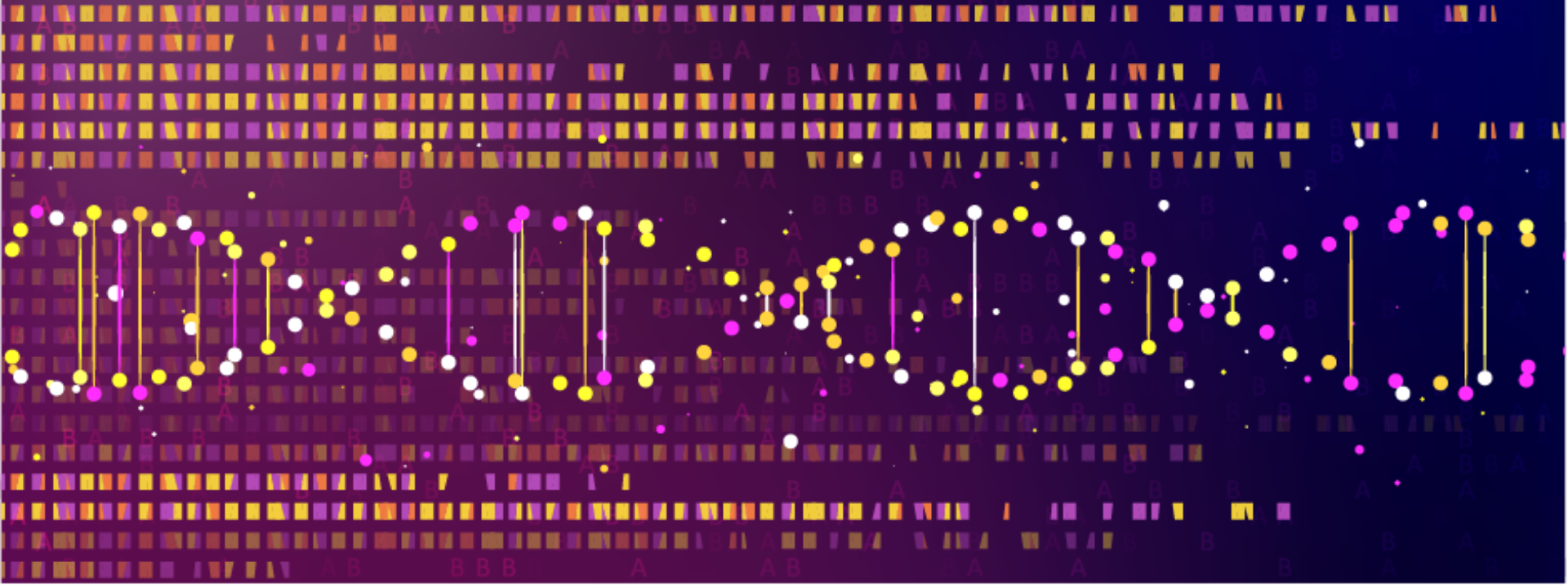Scientists Deploy the MAD7™ Nuclease for Mammalian Genome Edits
Even before we launched our benchtop Onyx™ platform for automated genome engineering, the Inscripta team had already made progress in addressing one of the key challenges in the CRISPR workflow: limitations of the Cas9 enzyme.
Cas9 nucleases have well-known problems for certain uses, including off-target effects, low cut efficiencies, and PAM recognition sequences that can be problematic in AT-rich regions. To give scientists an alternative tool for situations where Cas9 isn’t the best fit, we developed and publicly released the MAD7™ nuclease. It’s the first of our MADzyme™ nucleases, which were inspired by the biological diversity found on the island of Madagascar. Critically, the MAD7 nuclease is royalty-free for both academic and commercial research and development use.
Since the MAD7 enzyme has been out in the research community for a while now, we’re pleased to see new publications reporting its evaluation for a range of uses. In a recent paper published in The CRISPR Journal, scientists from ENVIGO Research Model Services and Horizon Discovery Group report deploying the nuclease for editing human cells and mouse and rat embryos.
Lead authors Zhenyi Liu and John Schiel, along with collaborators, describe a series of targeted edits and knock-ins in which they compared the efficiency of editing with MAD7 to that of Cas9. “We achieved high efficiencies of targeted gene disruption and knock-ins in both human tumor cell lines and rodent embryos,” the authors write. “The knock-ins range from small restriction site (using DNA oligo as donor) to mid-sized Cre recombinase and fluorescent protein tags to a large (14 kb) multiple-protein expression cassette, demonstrating a large range of CRISPR-MAD7 functionality in different species.”
Working with mice, the team integrated a 14 kb construct into the Rosa26 site. “To our knowledge,” the scientists report, this “is the largest fragment that has been knocked into the mouse genome with a CRISPR-based system, including Cas9.”
These experiments suggest that the MAD7 enzyme expands the gene editing toolkit for the whole research community. “Combined with a small gRNA and orthogonal PAM to SpCas9, we believe MAD7 offers a robust extension to the use of CRISPR-Cas systems in genome manipulation, from generation of model systems to potentially human therapy,” the authors write.

